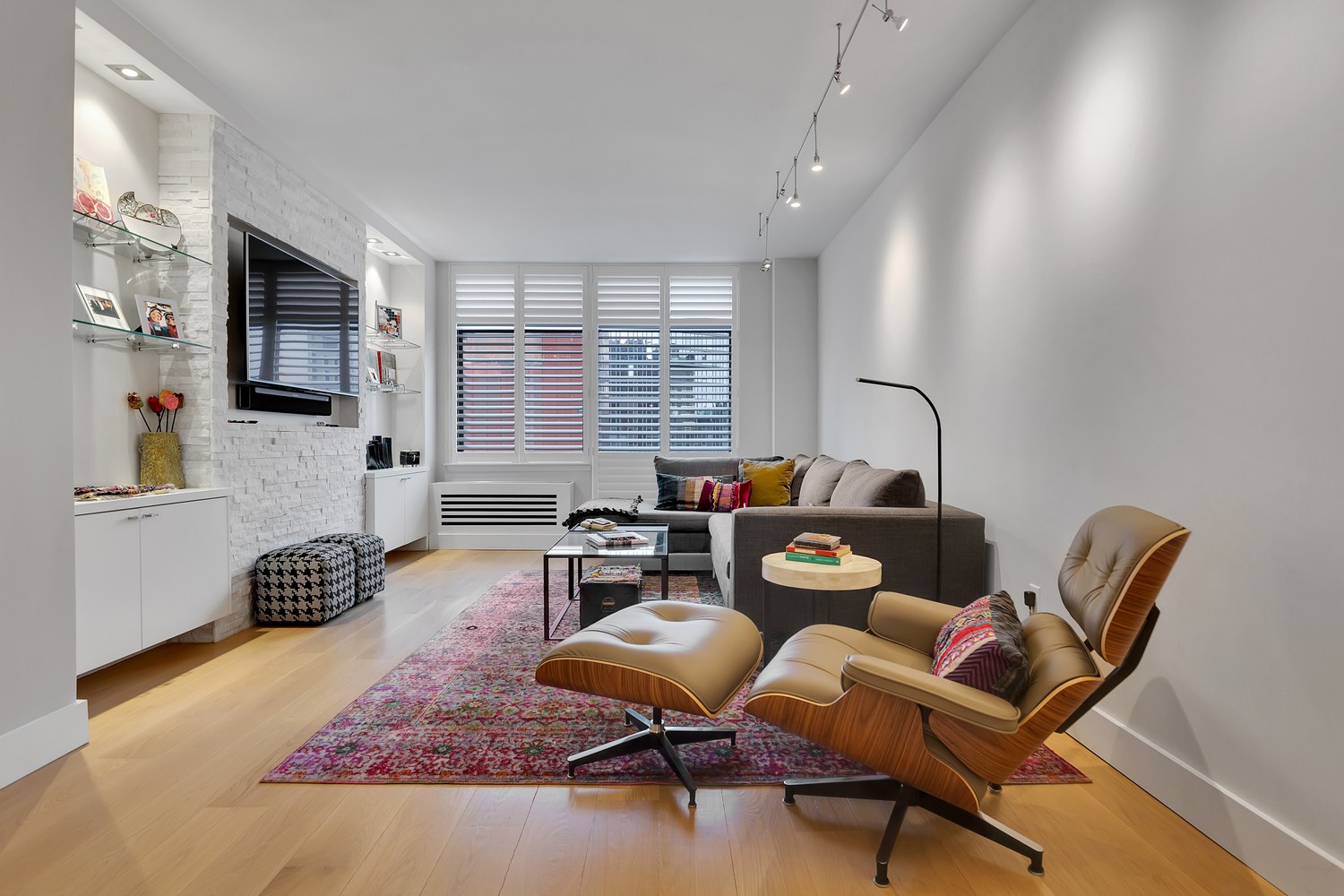

Articles
How To Soundproof A Living Room
Modified: February 23, 2024
Discover effective ways to soundproof your living room with these helpful articles. Create a peaceful and noise-free environment in your home.
(Many of the links in this article redirect to a specific reviewed product. Your purchase of these products through affiliate links helps to generate commission for Storables.com, at no extra cost. Learn more)
Introduction
Welcome to the ultimate guide on how to soundproof a living room! Whether you live in a busy urban area or have noisy neighbors, soundproofing your living room can provide a peaceful and quiet space for relaxing, entertaining, or working. From reducing outside noise to preventing sound leakage, soundproofing techniques can make a significant difference in creating a tranquil environment.
Understanding the principles of soundproofing is essential to effectively implement the right strategies in your living room. This comprehensive guide will take you through the process step by step, identifying noise sources, assessing soundproofing needs, choosing materials, and implementing techniques to achieve maximum sound reduction.
By the end of this guide, you will have a good understanding of the different soundproofing options available to you and the steps required to make your living room a sanctuary from unwanted noise.
Next, let’s dive into the basics of soundproofing and how it works.
Key Takeaways:
- Create a peaceful sanctuary by understanding soundproofing principles, identifying noise sources, and using effective materials and techniques for walls, windows, doors, floors, and ceilings.
- Enhance soundproofing with additional tips like using heavy furniture, door draft stoppers, and soundproofing artwork to minimize noise transmission and create a serene living space.
Read more: How To Soundproof Laundry Room
Understanding Soundproofing
Soundproofing is the process of reducing or eliminating the transmission of sound from one area to another. It involves creating barriers and employing techniques to minimize the impact of noise. When it comes to soundproofing a living room, the goal is to create a space where unwanted external noise is minimized, and any internal sound is contained within the room itself.
Soundproofing is achieved through the principles of sound insulation and sound absorption. Sound insulation involves using materials to block or reflect sound waves, preventing them from entering or leaving a space. This helps to reduce the impact of external noise on the living room. On the other hand, sound absorption involves using materials that absorb sound waves, reducing echoes and reverberations within the room itself.
There are two main types of soundproofing: airborne soundproofing and impact soundproofing. Airborne soundproofing addresses sound transmitted through the air, such as voices, music, or traffic noise. Impact soundproofing, on the other hand, deals with vibrations and impacts that create noise, such as footsteps or furniture being moved.
It’s important to note that achieving complete soundproofing is nearly impossible. However, by employing various techniques and using the right materials, you can significantly reduce unwanted noise and create a quieter living environment.
Now that we have a basic understanding of soundproofing, let’s move on to the next step: identifying the sources of noise in your living room.
Identifying Noise Sources in a Living Room
Before you begin soundproofing your living room, it’s crucial to identify the sources of noise that need to be addressed. By understanding where the noise is coming from, you can better target your soundproofing efforts and choose the appropriate techniques and materials.
Here are some common noise sources in a living room:
- External Noise: This includes traffic noise, construction sounds, loud neighbors, or any other sounds coming from outside your home. Pay attention to the windows, walls, and doors facing the street or other noise sources.
- Internal Noise: Internal noise can originate from within your home, such as conversations, TV or music volume, appliances, or even footsteps from other rooms in the house.
- Structure-Borne Noise: This type of noise is caused by vibrations traveling through the structure of the building. It can be transmitted through shared walls, floors, or ceilings from neighboring units or rooms.
- Echo and Reverberation: Large, empty spaces with hard surfaces can contribute to echoes and reverberations, amplifying sounds and making the room feel noisy. Pay attention to the acoustics of your living room.
Take the time to observe and listen carefully to the sounds present in your living room. Note down the sources of noise and their intensity. This will help you prioritize your soundproofing efforts and implement effective solutions.
Once you have identified the noise sources in your living room, it’s time to assess your soundproofing needs and determine the best strategies to minimize or eliminate the unwanted noise. This will be covered in the next section.
Assessing Soundproofing Needs
Now that you have identified the sources of noise in your living room, it’s important to assess your soundproofing needs. This step will help you determine the level of sound reduction required and the specific areas that need to be addressed.
Consider the following factors when assessing your soundproofing needs:
- Noise Level: Determine the level of noise you are dealing with. Is it a minor annoyance, or is it significantly affecting your quality of life? This will help you decide how much sound reduction you need.
- Frequency and Duration: Take note of how often and for how long the noise occurs. If it’s a constant disturbance, you may need more comprehensive soundproofing solutions.
- Impact on Different Activities: Evaluate the impact of the noise on various activities in your living room. Is it disrupting sleep, conversations, or work? This will help you prioritize the areas that require immediate attention.
- Budget: Consider your budget for soundproofing. Determine how much you are willing to invest and allocate funds accordingly.
Based on your assessment, you can now create a plan to address your soundproofing needs. Determine which areas of your living room require the most attention and prioritize accordingly. Keep in mind that you may need to combine different techniques and materials to achieve the desired level of sound reduction.
Remember, soundproofing is a process that may require some experimentation and adjustments along the way. Be prepared to adapt and refine your plan as needed to achieve the best results.
Next, let’s explore the various soundproofing materials that you can use to effectively reduce noise in your living room.
Choosing Soundproofing Materials
When it comes to soundproofing your living room, choosing the right materials is crucial for achieving optimal results. There are a variety of sound-absorbing and sound-blocking materials available that can help reduce the transmission of noise. Here are some commonly used materials for soundproofing:
- Acoustic Panels: These are designed to absorb sound waves and reduce echo and reverberation. Acoustic panels are typically made of foam or fabric-wrapped fiberglass and can be installed on walls or ceilings.
- Mass Loaded Vinyl (MLV): MLV is a dense, flexible material that helps block sound transmission. It is often used to add an extra layer of soundproofing to walls, ceilings, and floors.
- Soundproof Curtains: Also known as blackout curtains, these are heavyweight curtains designed to block outside noise. They are made of dense materials that absorb sound waves and can be installed over windows or used as room dividers.
- Sealants and Weatherstripping: To prevent gaps and air leaks, use sealants and weatherstripping around windows, doors, and any other areas where noise can leak through.
- Insulation: Adding insulation to walls, ceilings, and floors can improve soundproofing by absorbing and reducing sound transmission. Look for insulation materials with excellent noise reduction properties.
- Double Glazed Windows: If outside noise is a major concern, consider installing double glazed windows. They consist of two layers of glass with a layer of air or gas between them, providing better sound insulation compared to single-pane windows.
When choosing soundproofing materials, consider factors such as effectiveness, ease of installation, aesthetics, and budget. It’s recommended to consult with experts or research product specifications to ensure you select the most suitable materials for your specific needs.
Now that you have an understanding of the available soundproofing materials, let’s explore specific techniques for soundproofing different areas of your living room.
Read more: How To Soundproof A Room In New Construction
Soundproofing Walls
One of the most effective ways to soundproof your living room is by addressing the walls. Sound can easily pass through walls, especially if they are thin or poorly insulated. Here are some techniques to soundproof your walls:
- Add Mass: Increase the density of your walls by adding mass-loaded vinyl (MLV) or soundproof drywall. These materials help block sound transmission by adding a barrier to the wall.
- Seal Air Gaps: Seal any gaps or cracks in the walls using acoustical caulk or weatherstripping to prevent sound leakage. Pay attention to areas around electrical outlets, light switches, and baseboards.
- Use Acoustic Panels: Install acoustic panels on the walls to absorb sound waves and reduce echoes. These panels are available in various sizes and designs, allowing you to customize the aesthetic of your living room.
- Double Wall Construction: If you’re willing to go the extra mile, consider building a secondary wall with an air gap between the existing wall. This helps create an additional layer for sound insulation.
Remember, when soundproofing your walls, it’s essential to address both airborne noise and impact noise. Airborne noise can be reduced by adding mass and absorption, while impact noise can be minimized by decoupling the walls from the structure using resilient channels.
Don’t forget to address any electrical outlets or switch boxes on the walls. These can be potential weak points for sound transmission. Install specialized outlet and switch box soundproofing products or use acoustic putty pads to seal the gaps.
By implementing these techniques, you can significantly reduce noise transmission through your walls and create a quieter living space.
Next up, let’s explore soundproofing techniques for windows, another common source of unwanted noise in the living room.
Use heavy curtains or soundproofing curtains to absorb and block out noise. Hang them over windows and doors to reduce sound transmission in and out of the living room.
Soundproofing Windows
Windows are notorious for allowing outside noise to enter your living room. Fortunately, there are several effective methods for soundproofing windows and minimizing noise intrusion. Here are some techniques:
- Seal Gaps: Start by sealing any gaps or cracks around the window frames using weatherstripping or silicone caulk. This will help prevent sound leakage and improve insulation.
- Upgrade to Double Glazed Windows: Double glazed windows consist of two panes of glass with a layer of air or gas in between. This design provides better insulation against sound transmission compared to single-pane windows.
- Add Window Inserts: Window inserts are custom-made acoustic panels that fit snugly over your existing windows. They provide an extra layer of sound insulation without the need for window replacement.
- Hang Soundproof Curtains: Thick, heavy curtains with soundproofing properties can effectively block outside noise. Ensure the curtains extend beyond the window frame to create a seal and cover as much surface area as possible.
- Install Window Soundproofing Films: Window films designed for soundproofing can be applied directly to the glass. These films help absorb and reduce sound waves, improving the acoustic performance of your windows.
Combining multiple window soundproofing techniques can yield even better results. For example, you can install a layer of soundproofing film on the glass, add window inserts for added insulation, and hang soundproof curtains for additional noise reduction.
It’s important to note that complete soundproofing of windows may not always be possible, especially if you live in a high-noise area. However, by implementing these techniques, you can significantly reduce noise intrusion and create a quieter living environment.
Now that we’ve covered soundproofing windows, let’s move on to soundproofing doors, another important aspect of creating a soundproof living room.
Soundproofing Doors
Doors are another common point of noise entry in a living room. Sound can easily travel through gaps around the door frame, the door itself, or under the door. Soundproofing your doors can help minimize noise leakage and create a quieter space. Here are some effective techniques for soundproofing doors:
- Seal the Gaps: The first step is to seal any gaps around the door frame using weatherstripping or door sweeps. Pay close attention to the bottom of the door, as this is a common area for sound to enter. Reinforce the seal by using a door draft stopper or door snake.
- Add Soundproofing Materials: Apply soundproofing materials such as weatherstripping tape or acoustic door seals around the door frame to enhance sound insulation. These materials help fill in gaps and create a tighter seal.
- Use Door Soundproofing Blankets: Attach soundproofing blankets or thick curtains to the inside of the door. These dense materials help absorb sound waves and reduce noise transmission.
- Upgrade to Solid Core Doors: Replace hollow core doors with solid core doors. Solid core doors are denser and provide better sound insulation, reducing the amount of noise that passes through.
- Install Door Soundproofing Panels: Consider installing soundproofing panels on the door surfaces. These panels come in various styles and materials, such as foam, which help absorb sound and minimize noise transmission.
Implementing a combination of these techniques can greatly improve the soundproofing capabilities of your doors. Keep in mind that it’s essential to address both the door itself and any gaps surrounding it to achieve optimal results.
Remember that doors typically have less mass than walls, making them more vulnerable to sound transmission. By applying these soundproofing techniques, you can significantly reduce noise intrusion through your doors.
Now that we’ve covered soundproofing doors, let’s move on to soundproofing the floor, which plays a crucial role in noise reduction.
Soundproofing the Floor
Sound can easily travel through floors, especially in multi-story buildings or apartments. To minimize noise transmission through the floor and create a quieter living room, soundproofing techniques can be applied. Here are some effective methods for soundproofing the floor:
- Carpeting or Rugs: Adding carpet or rugs to the floor can help absorb sound waves and reduce noise transmission. Opt for dense, thick materials with good sound-absorbing properties to achieve the best results.
- Underlayment: Use soundproof underlayment beneath carpet or laminate flooring. Underlayment materials, such as cork or rubber, help cushion and absorb impact noise, limiting its transfer to the room below.
- Acoustic Floor Matting: Install acoustic floor matting directly on the floor before adding the final flooring. These materials provide an additional layer of insulation and help reduce both airborne and impact noise.
- Mass Loaded Vinyl (MLV) Flooring: Consider using MLV flooring, which is a dense material that helps block sound transmission. Install it as an additional layer beneath your chosen flooring to improve soundproofing.
- Decoupling: If possible, consider decoupling the floor from the structure using resilient channels or acoustic underlayment. This technique helps minimize the transfer of impact noise through vibrations.
Combining multiple techniques can provide even better results. For example, you can use acoustic floor matting or underlayment beneath carpets or rugs, and incorporate MLV flooring for added sound insulation.
Additionally, addressing any gaps or cracks in the floor can aid in reducing noise transmission. Seal any openings between floorboards or gaps around baseboards using acoustical caulk or putty, preventing sound leakage.
By implementing these soundproofing techniques for your floors, you can greatly reduce noise intrusion and create a more peaceful and enjoyable living room environment.
Now that we’ve covered soundproofing the floor, let’s explore techniques for soundproofing ceilings, another essential element in creating a soundproof living room.
Read more: How To Soundproof A Home Theater Room
Soundproofing Ceilings
Soundproofing the ceiling is crucial in reducing noise transmission from the floor above or from other rooms in the house. Here are some effective techniques for soundproofing ceilings:
- Add Acoustic Insulation: Install acoustic insulation in the ceiling space to absorb and reduce sound waves. This helps minimize airborne noise and prevents echoes and reverberations.
- Use Acoustic Panels or Tiles: Install acoustic panels or tiles on the ceiling to absorb sound and reduce noise reflections. These panels are available in various styles and designs, allowing you to choose the aesthetic that suits your living room.
- Decouple the Ceiling: Create a separation between the existing ceiling and the structure by using resilient channels or soundproof clips. This technique helps minimize the transfer of impact noise and vibrations.
- Install a Layer of Mass Loaded Vinyl (MLV): Adding a layer of MLV to the ceiling can enhance sound insulation. Ensure that it is properly installed and securely attached to the ceiling for optimal effectiveness.
- Seal Gaps: Seal any gaps or cracks in the ceiling using acoustical caulk or silicone sealant to prevent sound leakage. Pay attention to areas where the ceiling meets the walls or where light fixtures and vents are installed.
Implementing a combination of these techniques can significantly reduce noise transmission through the ceiling, creating a more serene living room environment.
Keep in mind that soundproofing ceilings can be more challenging if you live in an apartment or have limited access to the ceiling space. In such cases, it may be necessary to consult with professionals who specialize in soundproofing or consider alternative solutions, such as using soundproof panels or hanging thick curtains from the ceiling to absorb sound.
Soundproofing your ceiling is especially important if there are rooms or apartments above your living room, as footsteps, furniture moving, or other impact noise can greatly affect the comfort of your living space.
Now that we’ve covered soundproofing ceilings, let’s explore some additional tips to enhance the effectiveness of your soundproofing efforts.
Additional Tips for Soundproofing a Living Room
While addressing specific areas of your living room is essential for soundproofing, there are some additional tips you can follow to enhance the effectiveness of your soundproofing efforts. Here are some suggestions:
- Use Thick, Heavy Furniture: Thick, heavy furniture can help absorb sound and minimize echoes. Consider adding bookshelves, sofas, or other bulky furniture to your living room to reduce noise reflections.
- Use Door Draft Stoppers: Place door draft stoppers at the bottom of doors leading to other rooms or hallways. This helps prevent sound leakage and reduces noise transmission.
- Consider Soundproofing Artwork: Artwork can serve as both a decorative element and a sound-absorbing tool. Choose artwork with soundproofing materials integrated into the design, helping to absorb noise reflections.
- Position Speakers Strategically: If you have speakers in your living room, position them away from walls and towards areas that require sound reinforcement. This helps direct the sound towards desired areas and reduces sound reverberations.
- Use Heavy Curtains or Blinds: Install heavy curtains or blinds over windows to block outside noise and improve insulation. Make sure the curtains cover the entire window area to minimize sound leakage.
- Invest in Acoustic Sealing Tape: Apply acoustic sealing tape around windows, doors, and electrical outlets to create a tighter seal and reduce sound transmission.
- Minimize Hard Surfaces: Hard surfaces can create echoes and reflections, contributing to a noisy room. Incorporate soft furnishings, rugs, drapes, or acoustic panels to absorb sound and minimize reverberations.
Remember that soundproofing is about reducing noise transmission and creating a more peaceful environment. It’s important to find the right balance between soundproofing and maintaining a visually appealing living room.
Lastly, don’t hesitate to consult with professionals or experts in soundproofing to get personalized advice and recommendations based on your specific living room and noise concerns.
Implementing these additional tips along with the specific techniques for soundproofing different areas of your living room will greatly enhance the overall soundproofing effectiveness and provide a more enjoyable living space.
Now that we’ve covered additional tips, let’s wrap up this guide on soundproofing a living room.
Conclusion
Congratulations! You’ve reached the end of our comprehensive guide on how to soundproof a living room. By implementing the techniques and tips provided in this guide, you can significantly reduce unwanted noise and create a peaceful and tranquil environment. Remember, soundproofing is a process that requires careful consideration and a combination of strategies to achieve the desired results.
Start by understanding the principles of soundproofing and identifying the sources of noise in your living room. Assess your soundproofing needs and determine the best strategies to address them. Choose appropriate soundproofing materials for walls, windows, doors, floors, and ceilings, based on their effectiveness and compatibility with your living room’s aesthetics.
Seal gaps, install acoustic panels, and consider upgrading to double glazed windows or solid core doors. Incorporate sound-absorbing materials, such as acoustic panels, rugs, or curtains, to minimize echoes and reverberations.
Remember to experiment with different combinations of techniques and materials to find the most effective solution for your specific needs. And don’t forget about additional measures, such as using thick furniture, door draft stoppers, or soundproofing artwork, to further enhance the soundproofing of your living room.
Creating a soundproof living room not only provides a calm and quiet environment but can also enhance your overall well-being and quality of life. Whether you’re looking to relax, focus on work, enjoy movies, or simply unwind, a soundproofed living room will become your sanctuary from the noise of the outside world.
We hope that this guide has provided you with valuable insights and practical techniques to soundproof your living room. Now it’s time to put these strategies into action and create the peaceful and serene space you deserve.
Good luck, and may your living room be a haven of tranquility!
Frequently Asked Questions about How To Soundproof A Living Room
Was this page helpful?
At Storables.com, we guarantee accurate and reliable information. Our content, validated by Expert Board Contributors, is crafted following stringent Editorial Policies. We're committed to providing you with well-researched, expert-backed insights for all your informational needs.
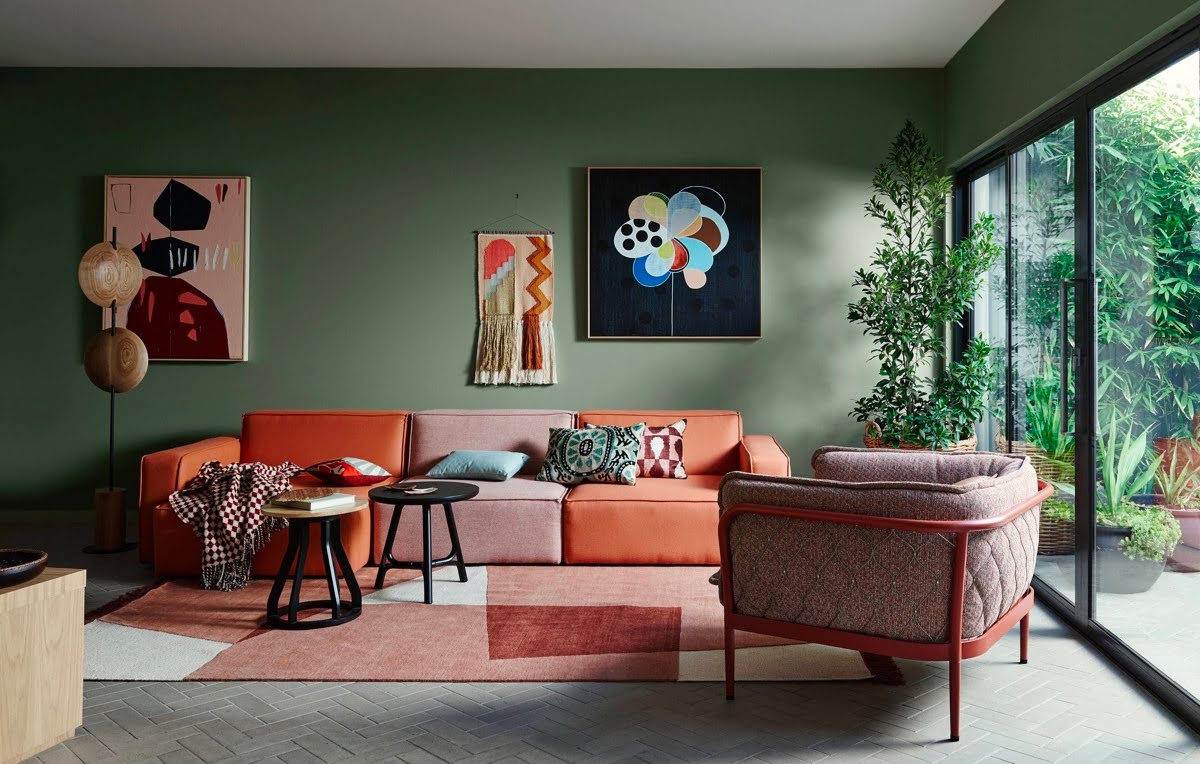

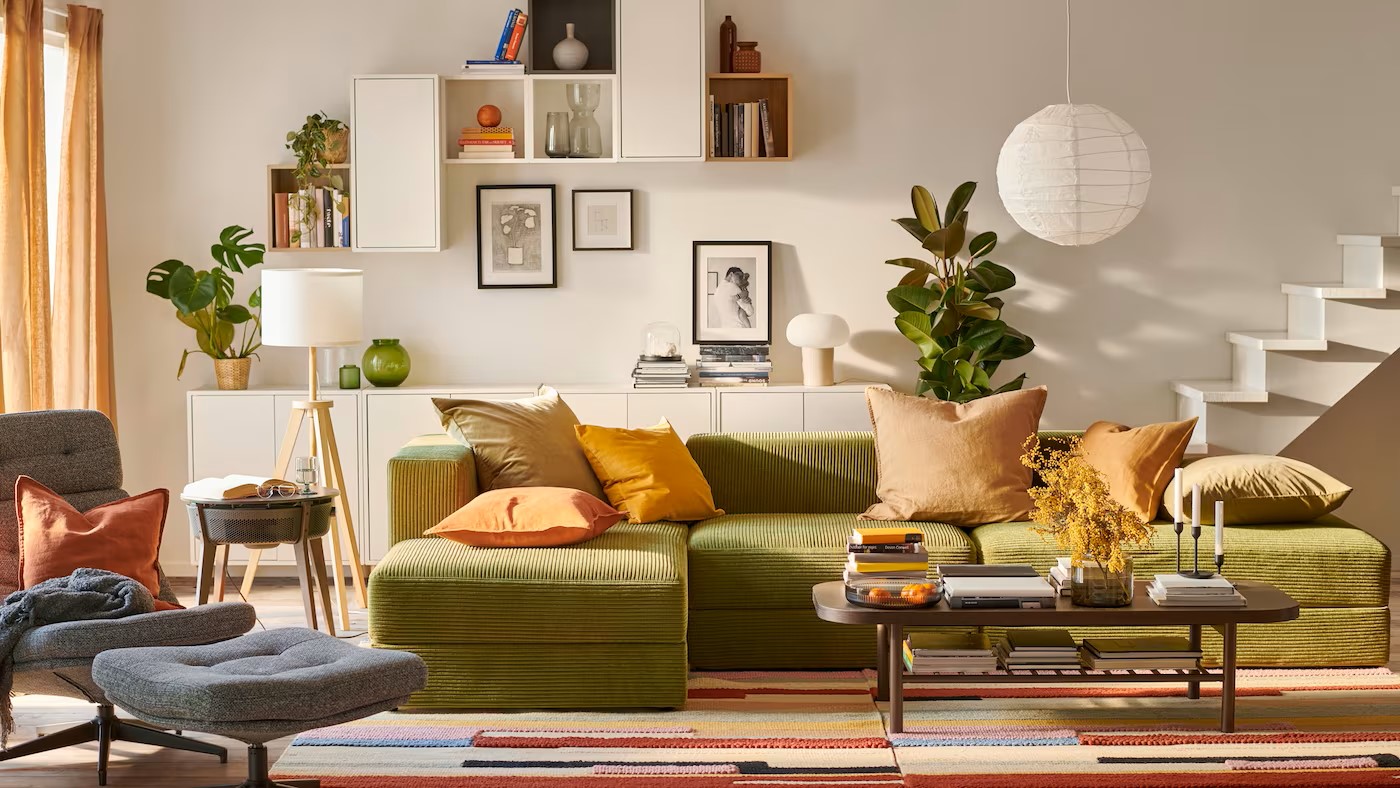

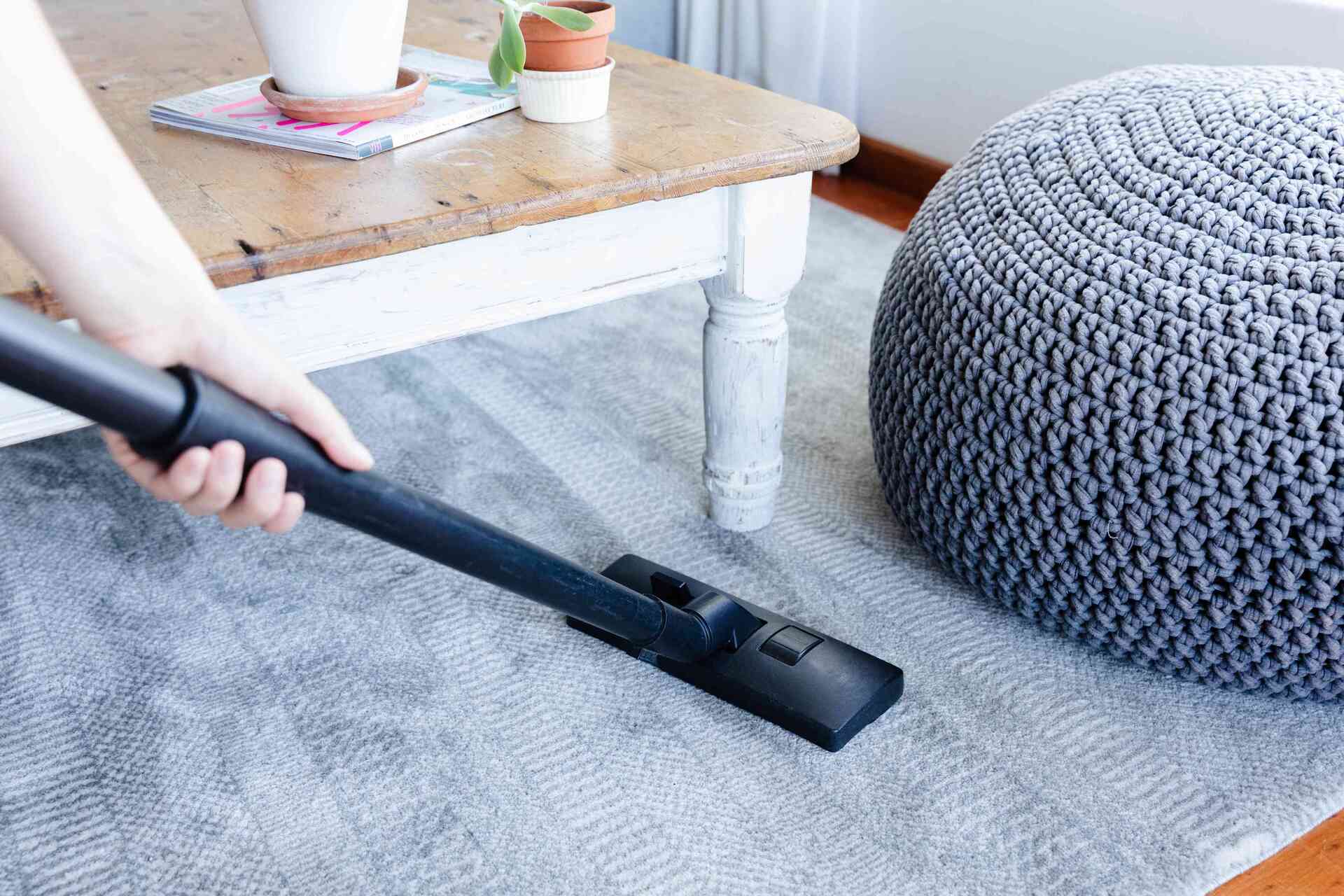
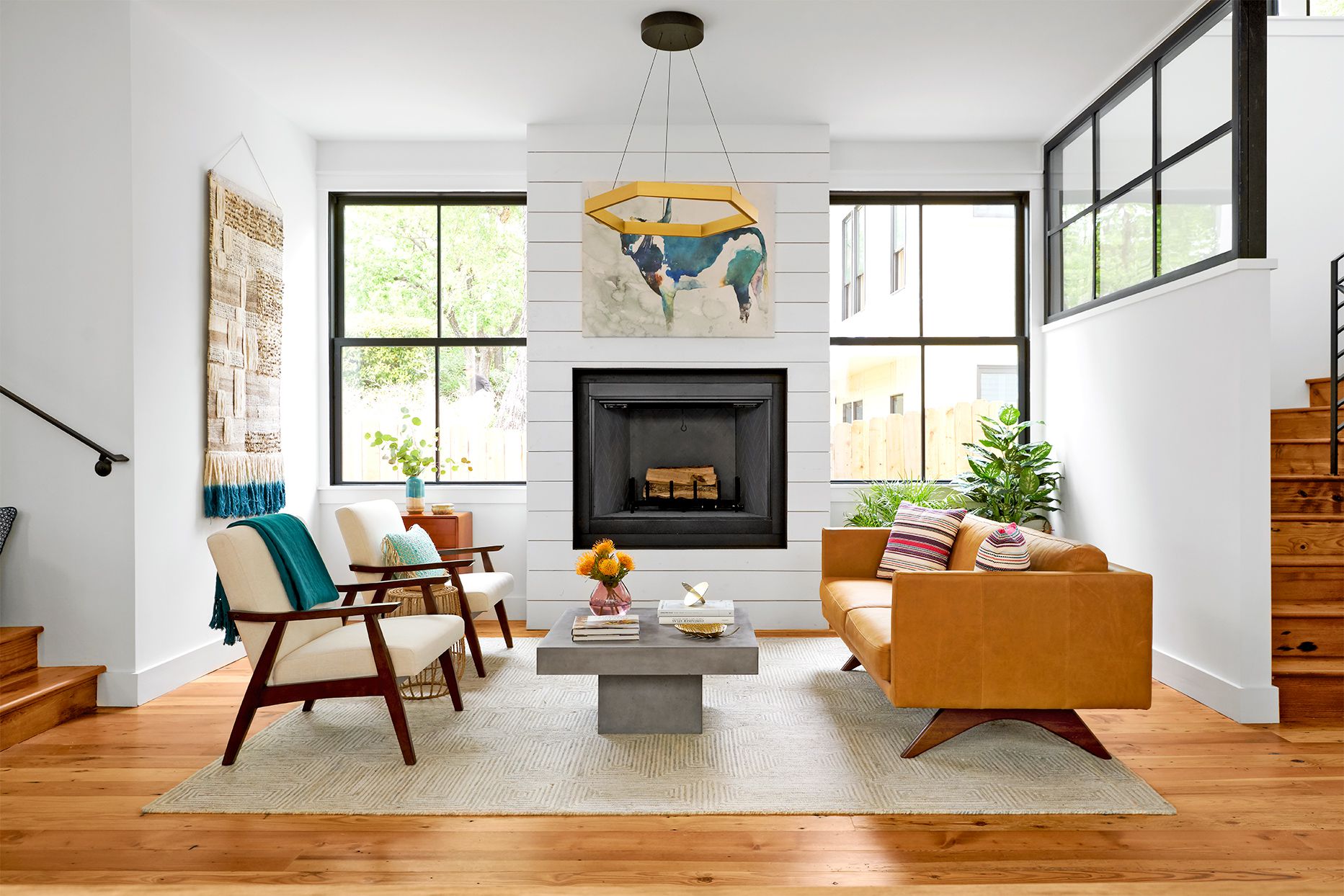
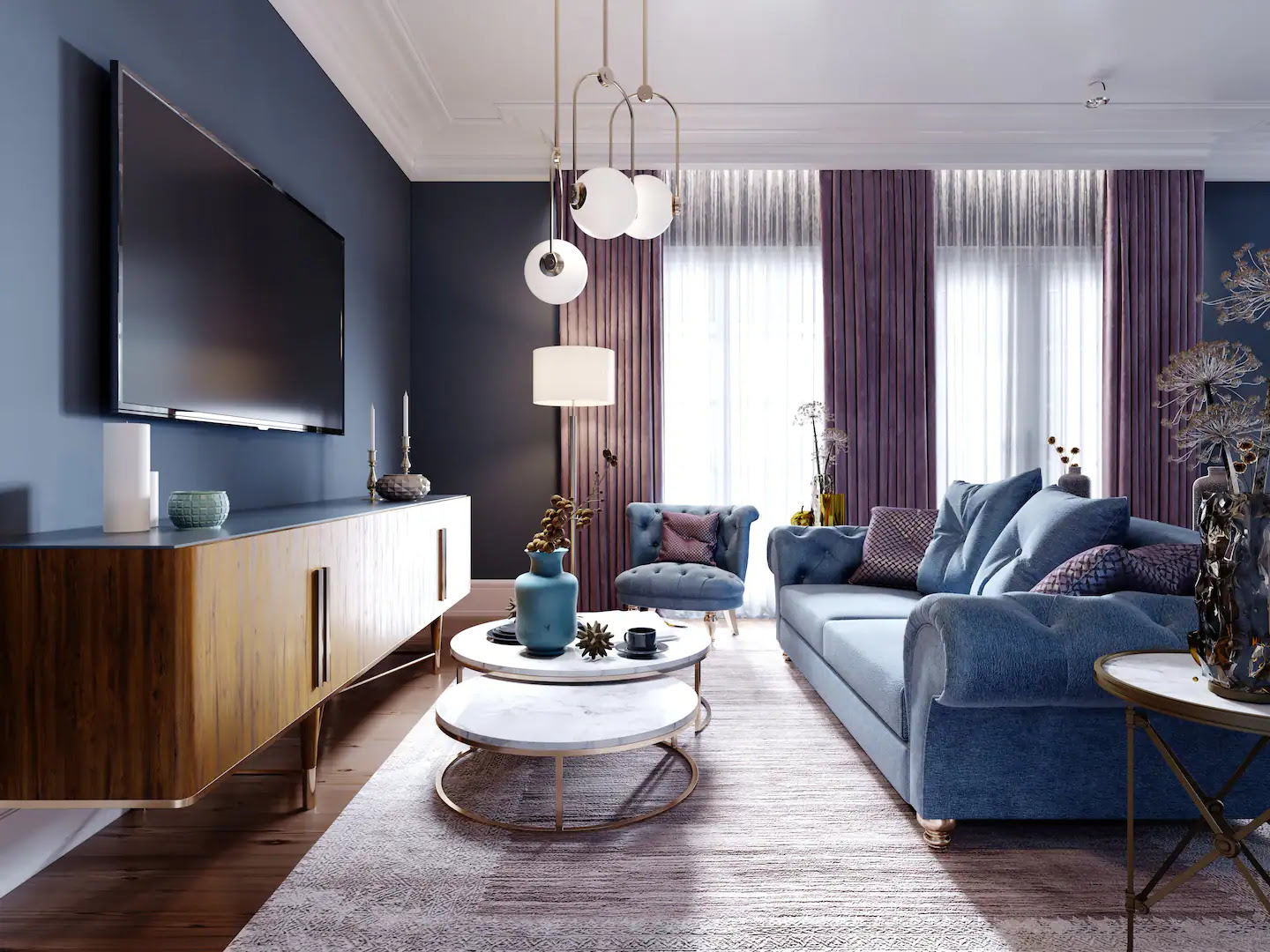
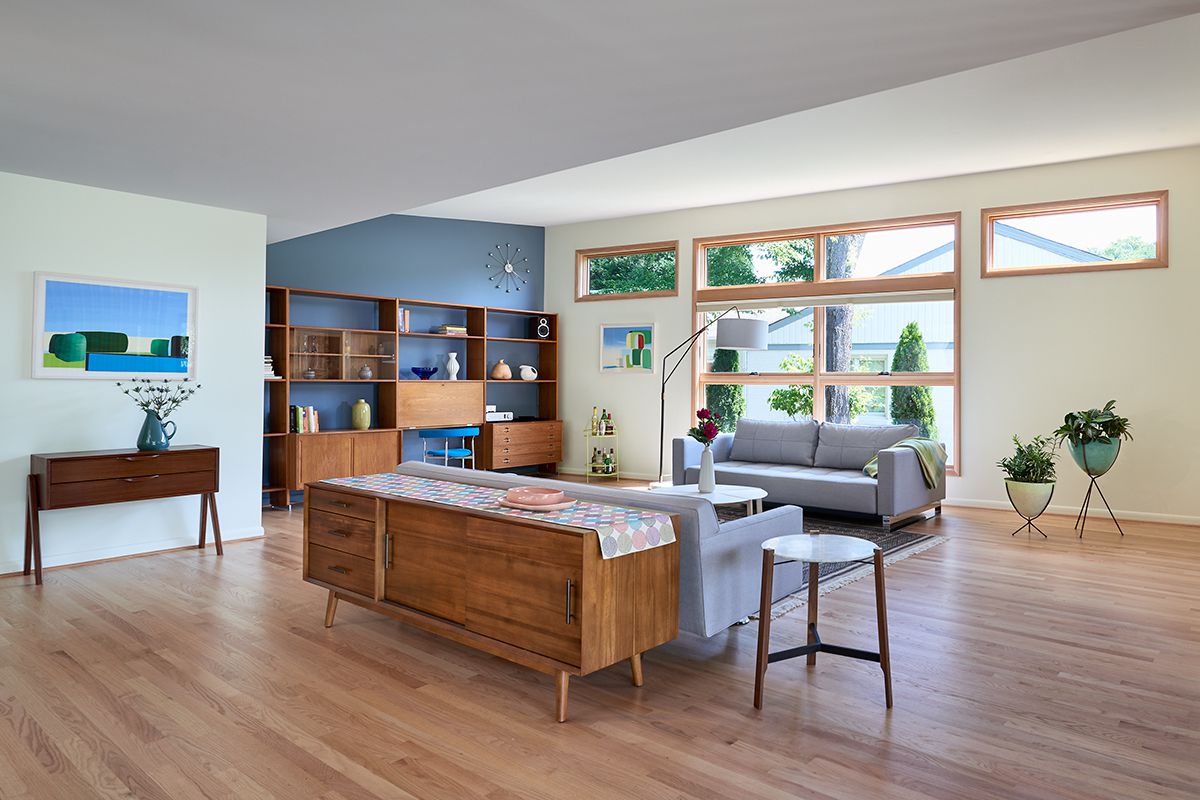
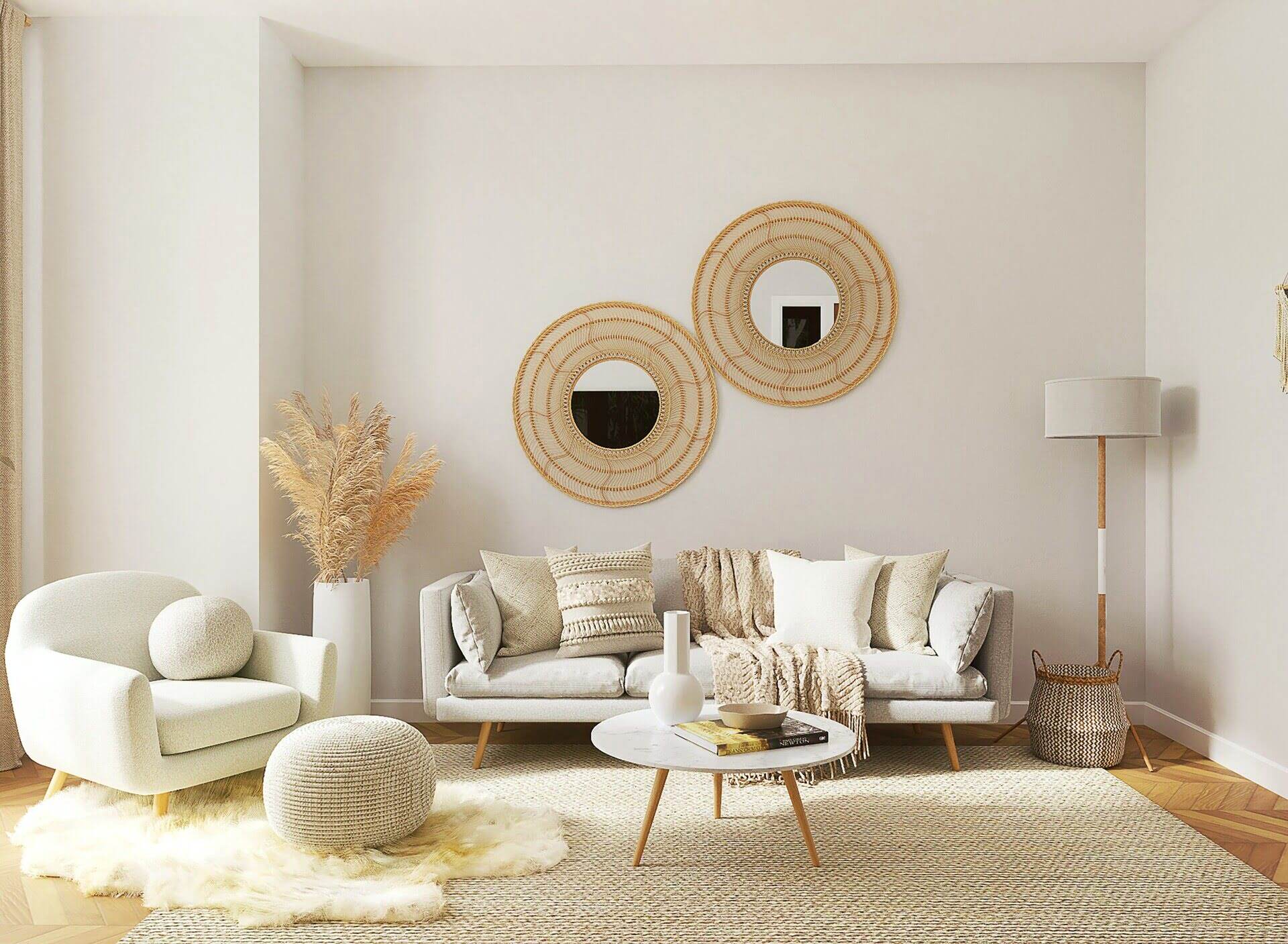
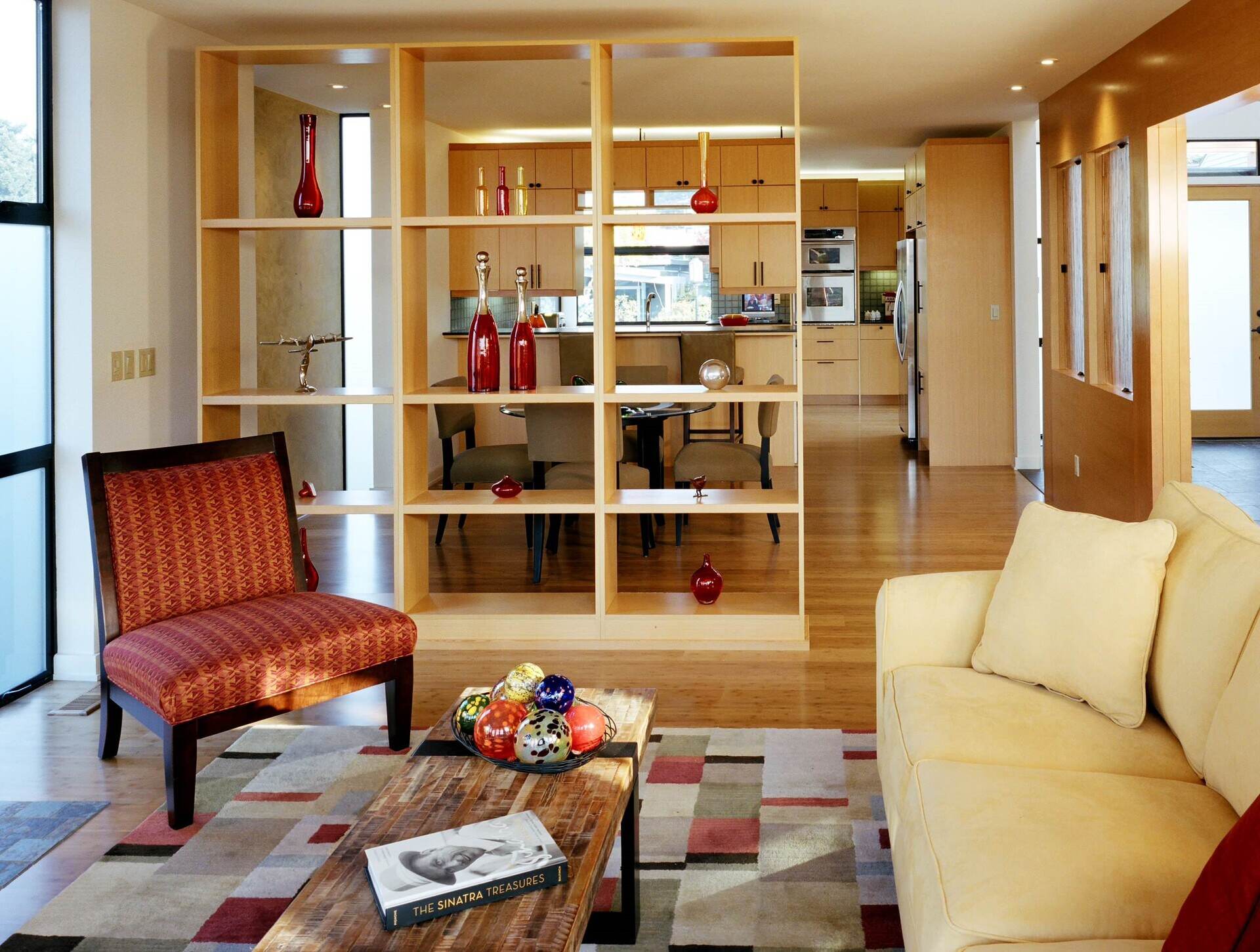
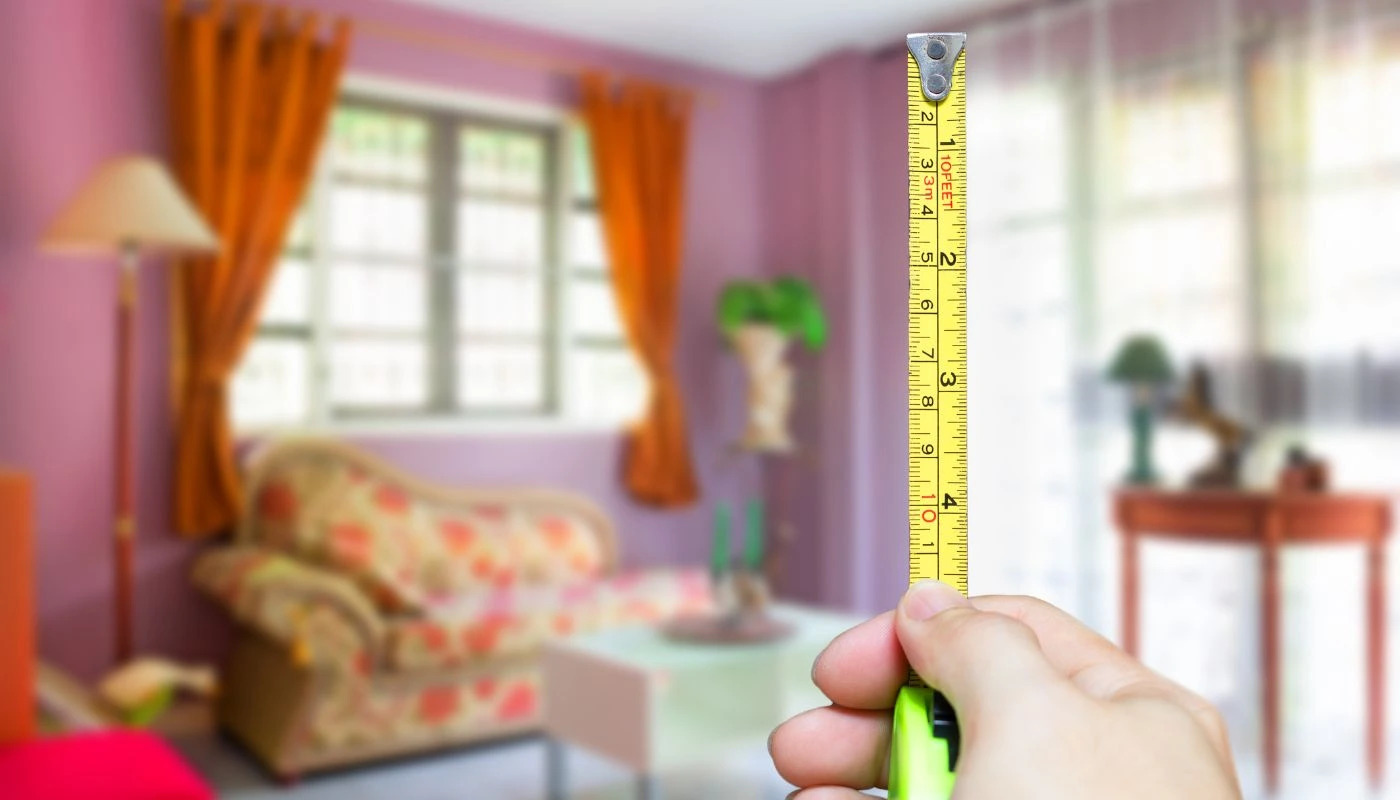
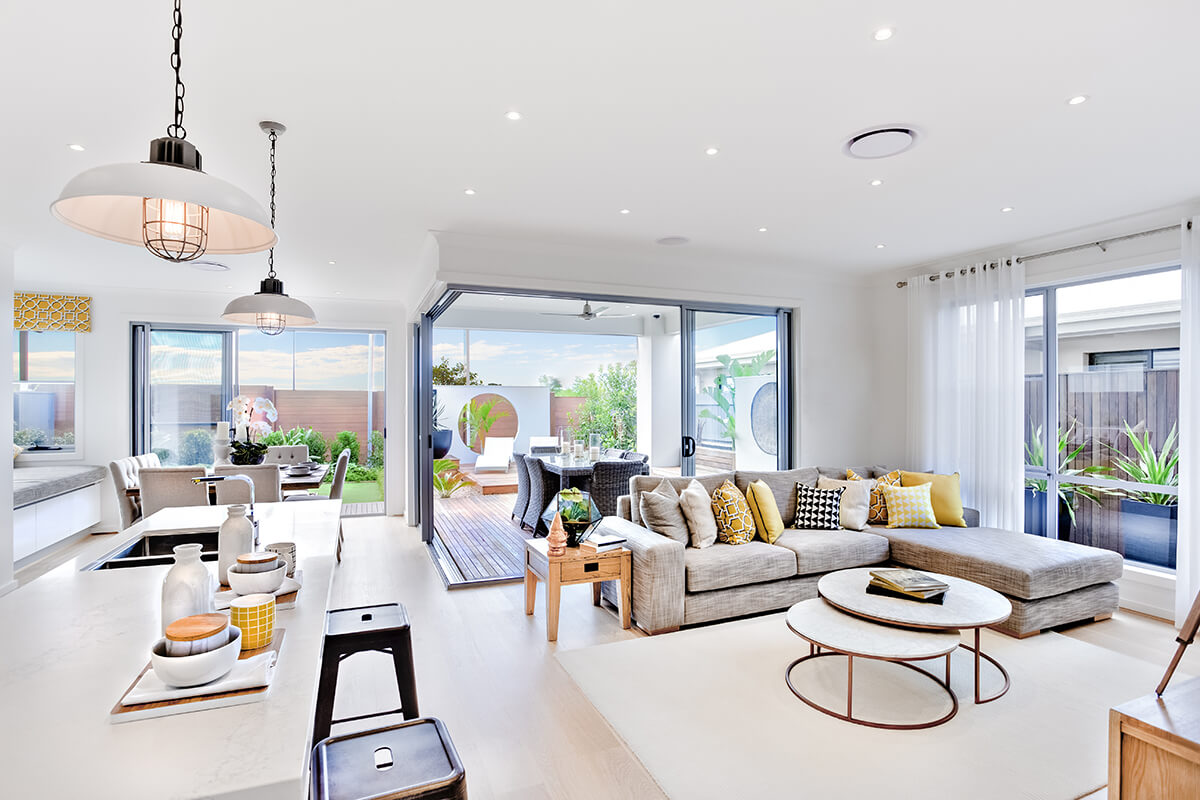
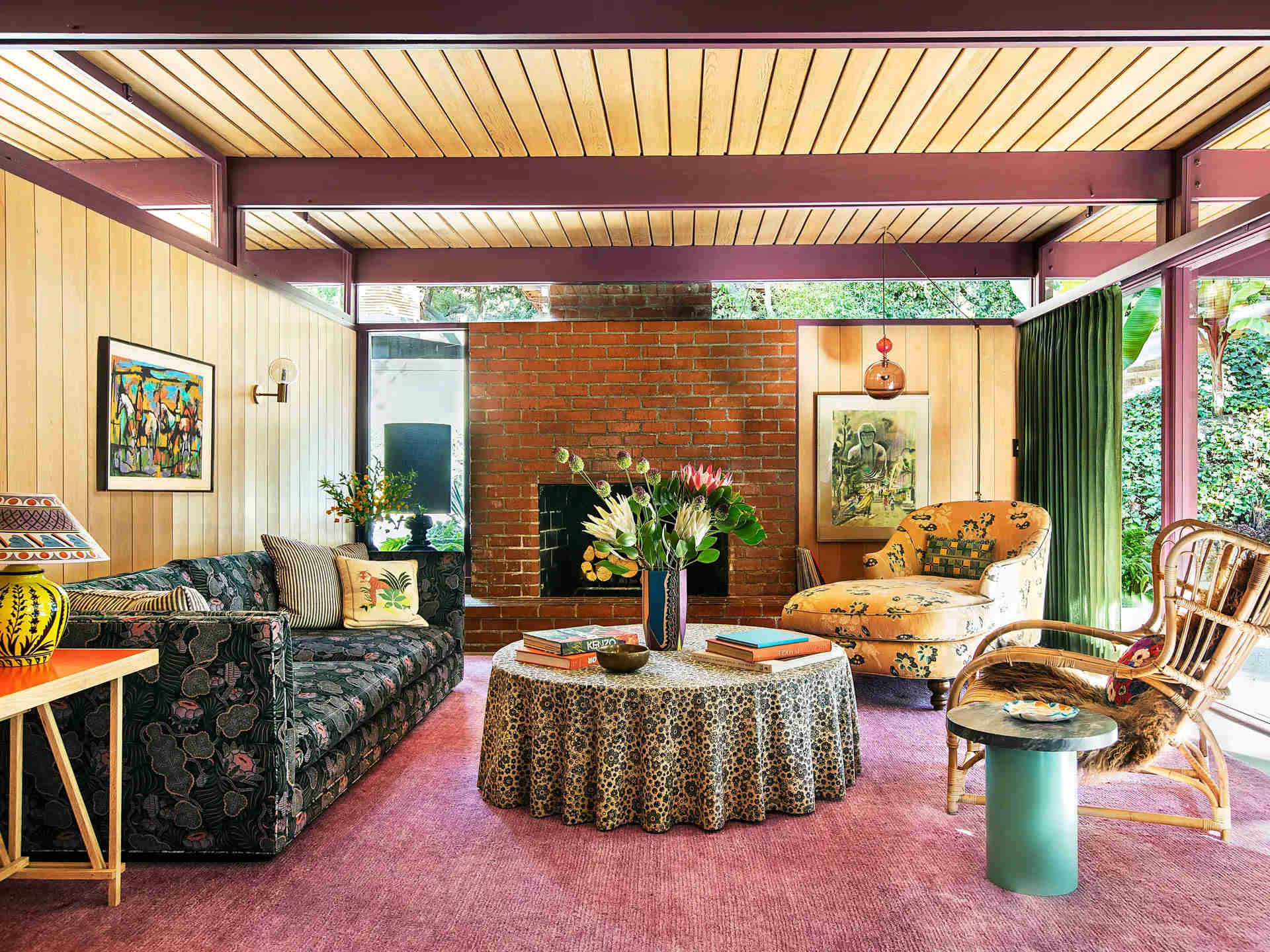

0 thoughts on “How To Soundproof A Living Room”